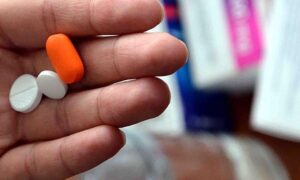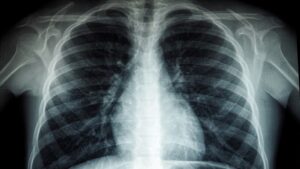[ad_1]
WHAT IS BRONCHOSCOPY?
Bronchoscopy is a procedure that can help diagnose and treat problems in the lungs and airways. It is usually performed using local anesthesia. In rare cases, general anesthesia may be required.
In the bronchoscopy procedure, the lungs and airways are examined with a thin, plastic camera tube. Bronchoscopy can be done through the nose or mouth.
WHY IS BRONCHOSCOPY DONE?
– Any infection in the lungs (especially pneumonia in smokers)
– Cough that does not go away despite treatment,
– Lung taking a biopsy from the tissue,
– Suspicion of a tumor in the lung and taking a piece of the tumor
– Clearing mucus or removing a blockage such as a tumor,
– placing a stent (a small tube) in the airway to keep the blocked airway open,
– In case of bleeding in the lung, locating and stopping the bleeding,
– Taking a biopsy from the lymph nodes near the lungs,
– Bronchoscopy can be performed to remove foreign bodies blocking the respiratory tract.
HOW IS BRONCHOSCOPY DONE?
bronchoscopy local anesthesia and general anesthesia It is a process that can be done below.
In bronchoscopy performed under local anesthesia, a local anesthetic drug is sprayed to numb the inside of the nose and the back of the throat. A sedative may also be given to help the patient relax during the procedure. The sedative may cause drowsiness, but it will not put the person to sleep.
During the procedure, the patient may be connected to a monitor to check heart rate and blood pressure. A device called a pulse oximeter may also be attached to the finger. This device checks the oxygen content of the blood and indicates whether the patient needs extra oxygen during bronchoscopy.
The pulmonologist directs the tip of the bronchoscope down the nostril from the back of the throat to the windpipe (trachea). In patients with narrow nostrils, the procedure can be done orally.
During bronchoscopy, the pulmonologist can see the inside of the bronchi in detail thanks to the camera at the end of the bronchoscope.
During the bronchoscopy procedure, one or more samples (biopsy) and washing water (lavage) can be taken from the lung when deemed necessary. These samples are sent to the pathology laboratory for analysis.
Bronchoscopy procedure performed under general anesthesia is generally preferred in treatment situations. In addition, it can be applied for diagnostic purposes in tumors with a high risk of bleeding, in some cases of foreign body removal or in patients who may develop critical respiratory failure.
Follow NTV on social media
[ad_2]
Source link






